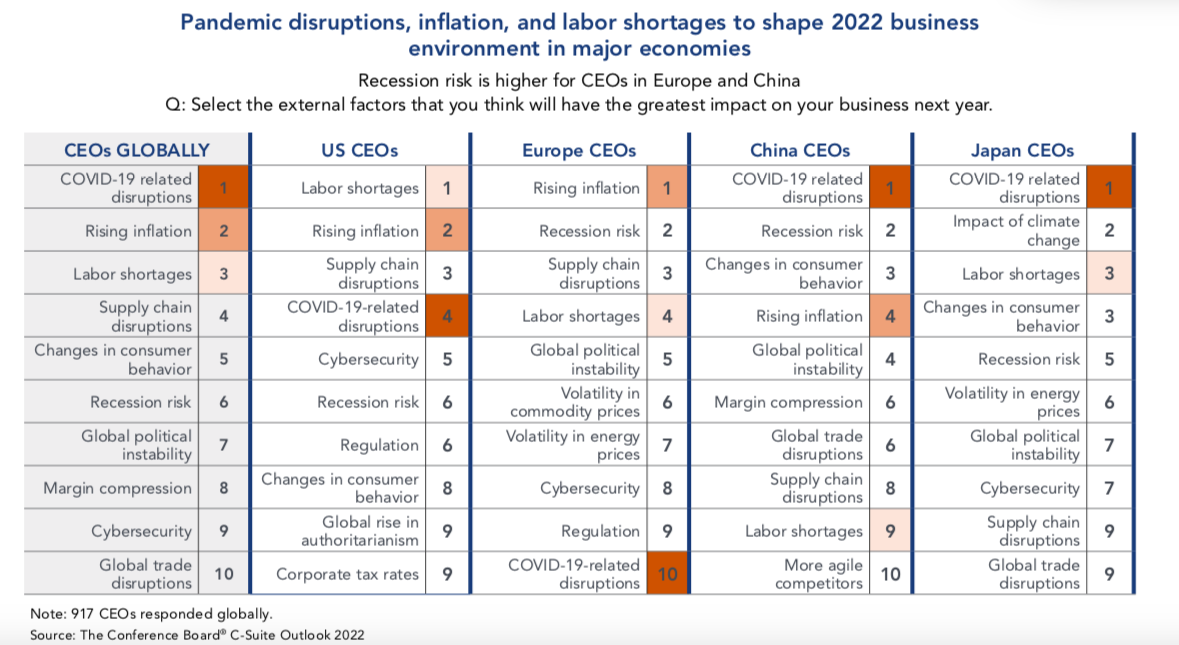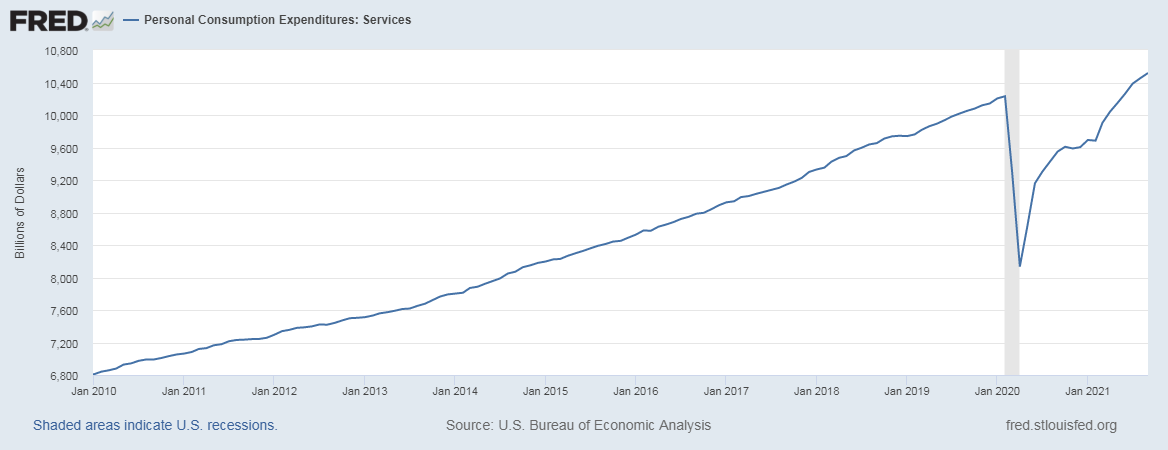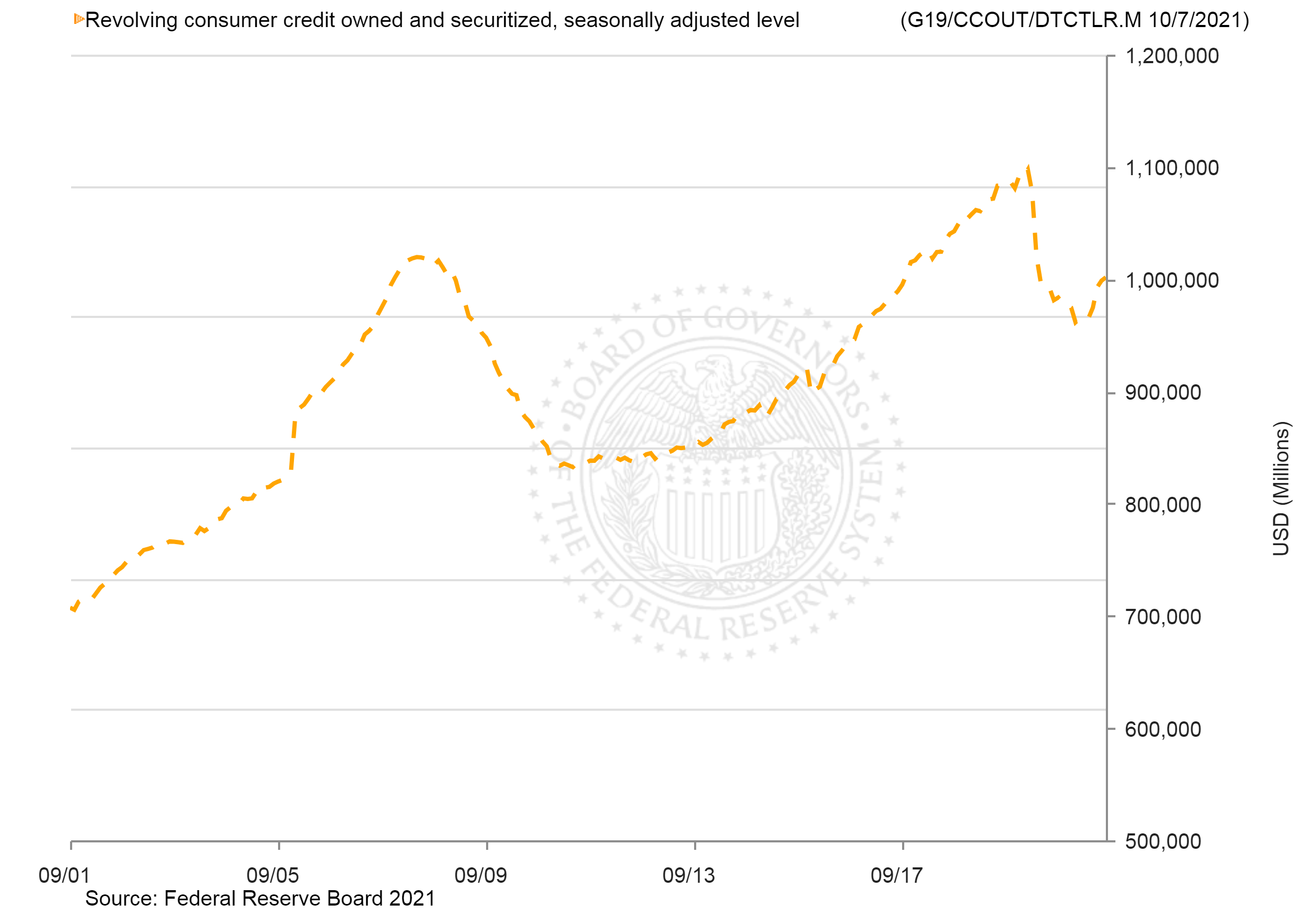The number of headlines in today's daily report talking about labor shortages is increasing rapidly and the constraints that it is placing on the economy are moving well beyond the airline and restaurant industries. In our Sunday Thematic (to be found here), we will look a little deeper at what effect this could have on the chemical industry beyond what Sherwin Williams noted for 1Q 2022. At a 30,000 foot level, the more people that are contagious and isolating, the less overall economic activity there is, which at the margin would negatively impact transport fuel demand beyond the more quantifiable jet fuel drop associated with flight cancellations. The more significant issues will be with businesses that cannot operate without a minimum number of trained staff and we note the following pharmacy headline Walgreens, CVS Shut Some Pharmacies on Weekends as Omicron Strains Staffing as a good example. Trucking and other delivery services could face constraints because of driver availability but this will just create backlog rather than broader economic harm. Failure to get critical raw materials may impact the ability to operate for select manufacturers, but we saw some chain inventory build in the 4th quarter of 2021 and this should limit this risk.
Labor Shortages Add To Both Manufacturing And Inflation Woes
Jan 14, 2022 2:44:48 PM / by Graham Copley posted in Raw Materials, Inflation, Chemical Industry, manufacturing, trucking, labor shortages, COVID, Building Products, transport fuel, Labor, construction
A Further Swing Towards Services Spending May Not Curb Wage Growth, But Could Hurt Materials Demand
Nov 2, 2021 3:53:11 PM / by Graham Copley posted in Chemicals, Inflation, Supply Chain, consumer spending, shortages, COVID, services, materials surplus, demand, inventory surplus, travel
This is a topic for a more detailed report, but we question whether rising inflation, supply chain panics, and more drastic government action to try and tame labor shortages and price increases could bump into a step down in demand, exposing a significant inventory surplus – sitting between producers all over the world and consumers, mainly in the west. We are seeing travel restrictions lifted all over the world over the last couple of months as the vaccination program has brought COVID under more manageable control in many countries/regions and as leaders conclude that we just have to live with whatever residual there may be. Now, this could all change if COVID surges through the winter in the northern hemisphere, but if it does not, we could see that shift in consumer spending from goods to services that we were discussing a year ago. So far we have only seen a partial shift, and as the chart below shows we are not back to the pre-COVID trend yet. A swing would create different problems and likely not end the labor shortages based on recent experiences in restaurants that were not busy, but could not keep up, and based on some of the staff issues that the airlines are having because they are running too leanly to have the ability to pivot if weather throws them a curveball.
Will Panic Buying & Inflation Drive A US Credit Bubble Eventually?...
Oct 20, 2021 2:49:36 PM / by Graham Copley posted in Inflation, consumer spending, shortages, credit cards, COVID, US consumer, consumer credit, interest rates
We talk about inflation several times a week (and it features in many of the headlines in yesterday's daily report), but the effect that shortages, perceived or otherwise, are having on the US consumer, is significant, as buying remains high, fueled in part by rising consumer credit. COVID reduced consumer credit levels from a record high, just before COVID began, but it is climbing back again, and offers of low credit and new credit cards with new features appear every day. Inflation could have two effects – it could increase the cost of credit-based purchases, so increasing credit card debt, and it could eventually lead to a tightening of credit and higher rates, which might increase the credit default rate and exaggerate the negative economic impact of higher interest rates in general. In our attempts to combat the effects of COVID, overcome a constrained supply chain, and keep economies moving, we may be setting up a credit bubble (not this year and probably not in 2022) that comes back to bite us later.




